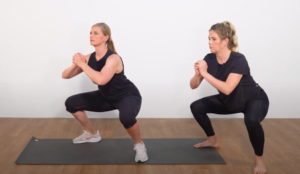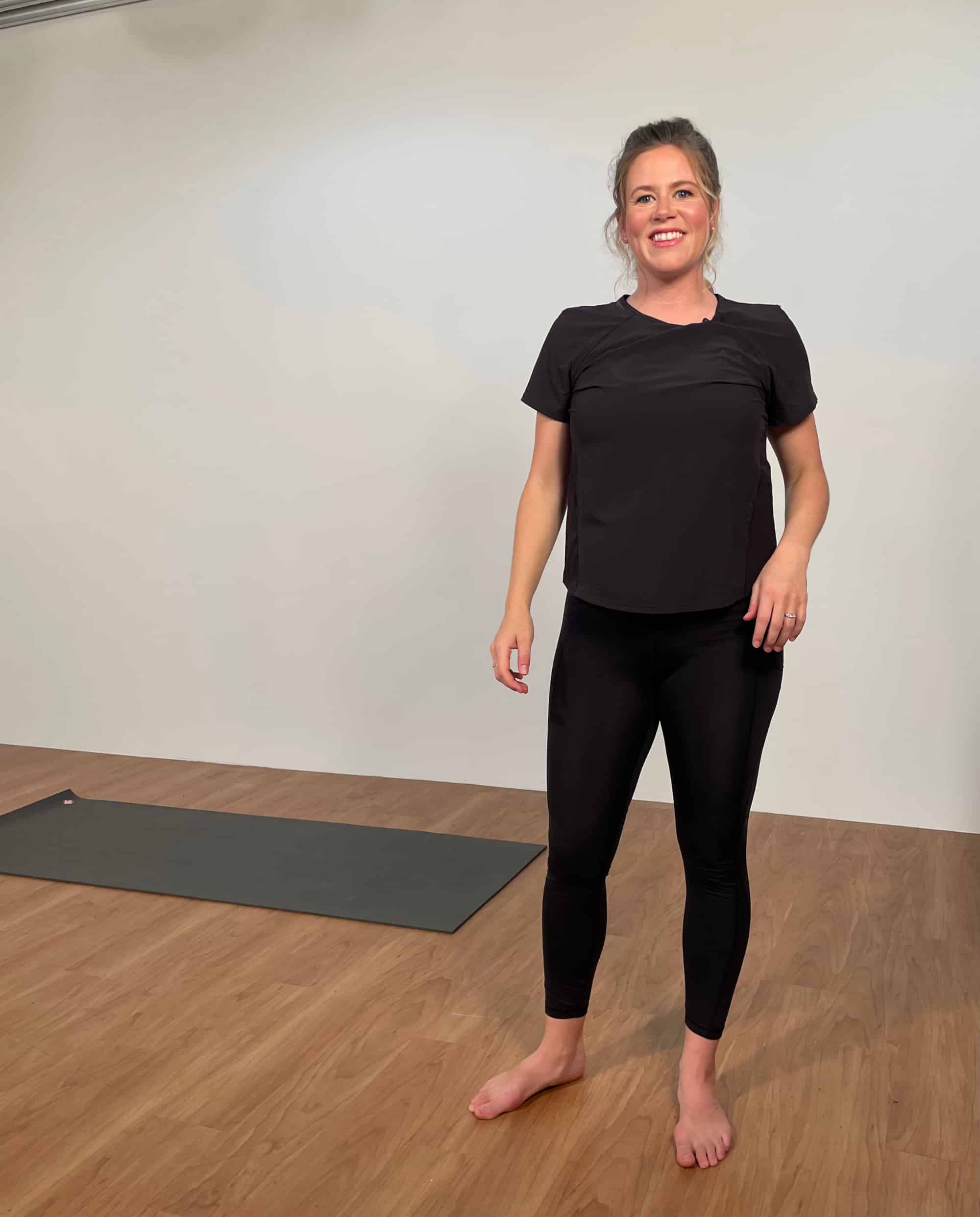What is Perineal Massage? When and why you can use it during pregnancy:
What even is the perineum!? You may have heard of Perineal Massage in a prenatal course, but you might still be wondering what that is.
What is the Perineum?
The perineum extends from the hard bone at the front of the pelvis (your pubic symphysis) to your tailbone (coccyx) and from side to side. It is made up of the soft tissue that wraps around the 3 holes present in the female pelvic floor.
There are 3 holes present in the female perineum:
- The urethra – where urine comes out of
- The vagina
- The rectum/anus

The perineum consists of the pelvic floor muscles, fasciae, nerves and ligaments and all of these things help to support the pelvic organs which are:
- The bladder (sits at the front – far left in photo)
- The vagina and the uterus (middle)
- The bowels (at the back – close to the tail bone)
Some research has shown a reduced risk of 3rd degree tearing and episiotomy during labour for people who performed perineal massage for 10 minutes a day for the 34th and 35th week of labour. (Labrecque et al, 1999). During labour and delivery, the cervix and the perineum stretch and widens to allow the baby to exit. Perineum massage helps to reduced tension around the vaginal opening, but it can also help to train the muscles in the area to relax with stimulus, become less sensitive to touch and stretch and it can allow you to become more connected to what you’re feeling at the pelvic opening and practice control of that area.
So how the heck do you do it?
Let me start off by saying that you do not HAVE to do this otherwise you WILL experience perineal trauma. The evidence shows that there are many people who do not end up having perineal trauma during vaginal birth even if they don’t do perineal massage during pregnancy. If you do not feel comfortable doing this or simply cannot fit it into your day, don’t worry about it! There is also evidence that shows that it does not help reduce perineal trauma, especially if it is not your 1st delivery. So don’t sweat it. This information is simply here to help provide clarity as to what this massage is and how you can give it a try should you want.
Perineal Massage:
*You can either do this yourself or have your partner help.
*You can perform this massage using your thumb, 1st finger or 1st and 2nd finger. You can do this sans oil or lubricant but if you are finding it sore or dry, try some unscented lubricant or oils to make it more comfortable.
Step 1:
Make sure your hands are clean and washed, and your nails aren’t too long or sharp.
Step 2:
Find a comfortable position. Laying back, propped up on pillows, sitting on the toilet or whatever position you’re comfortable in. Half the goal here is to actively allow your pelvic floor to relax while doing the massage. If you are straining to do the movements, your pelvic floor will likely be a bit tense and tight making the massage either more uncomfortable or less effective or both. So find yourself a comfy position, and let that pelvic floor relax.
Step 3:
Using your thumb or fingers place your digit into the vaginal opening up to the 1st knuckle. Press downwards towards the anus or out to the sides until you feel a stretch of the wall of the vagina. – Congrats! You’ve found part of the perineum!!
Step 4:
Hold this stretch for 1 minute. It’s ok for the stretch to be a little bit uncomfortable but don’t push into pain. If you hold a lot of tension in the pelvic floor and “clench” it might be sore to stretch out these tissues. Continue to breathe and consciously think about relaxing the pelvic floor, or letting it “drop down” or open downwards like a flower.
Step 5:
Move around the whole of the vagina stretching and holding in all the directions. You may choose to focus on some areas that feel tighter than others. You can also massage around the perineum in a U-shape from one side, to the back and over to the opposite side, back and forth – like a crescent moon pattern.

*** If there is an area that feels more tender than others, hold the stretch for 2 minutes while practicing relaxed diaphragmatic breathing. The discomfort should start to subside at least a little bit during those 2 minutes. You can come back and do the exact same thing the next day and over time that area should become less sensitive and sore.
Check out this youtube video for a visual explaination of perineal massage.
When should I AVOID doing perineal massage?
Speak to your doctor if you have an active infection/thrush/yeast infection or vaginal herpes.
If you have pain beyond mild discomfort that is not improving with massage or becoming worse with massage, speak to your health care provider or see a pelvic floor specialist.
Thanks for reading and have fun!
If you wanna find out more about your pelvic floor, women’s health, or the courses that I teach, please check out my website at Maternix.ca and my Instagram page @Maternix.ca!
Cheers,
Tara Campbell
Orthopaedic & Pelvic Floor Physiotherapist




 Tara is a Physiotherapist specializing in women’s health and pelvic floor rehab. She is passionate about helping women understand the changes their bodies go through during pregnancy and how they can rehabilitate more effectively postpartum.
Tara is a Physiotherapist specializing in women’s health and pelvic floor rehab. She is passionate about helping women understand the changes their bodies go through during pregnancy and how they can rehabilitate more effectively postpartum.